Home>Furniture & Design>Interior Design Trends>How To Get Hairspray Off Glass
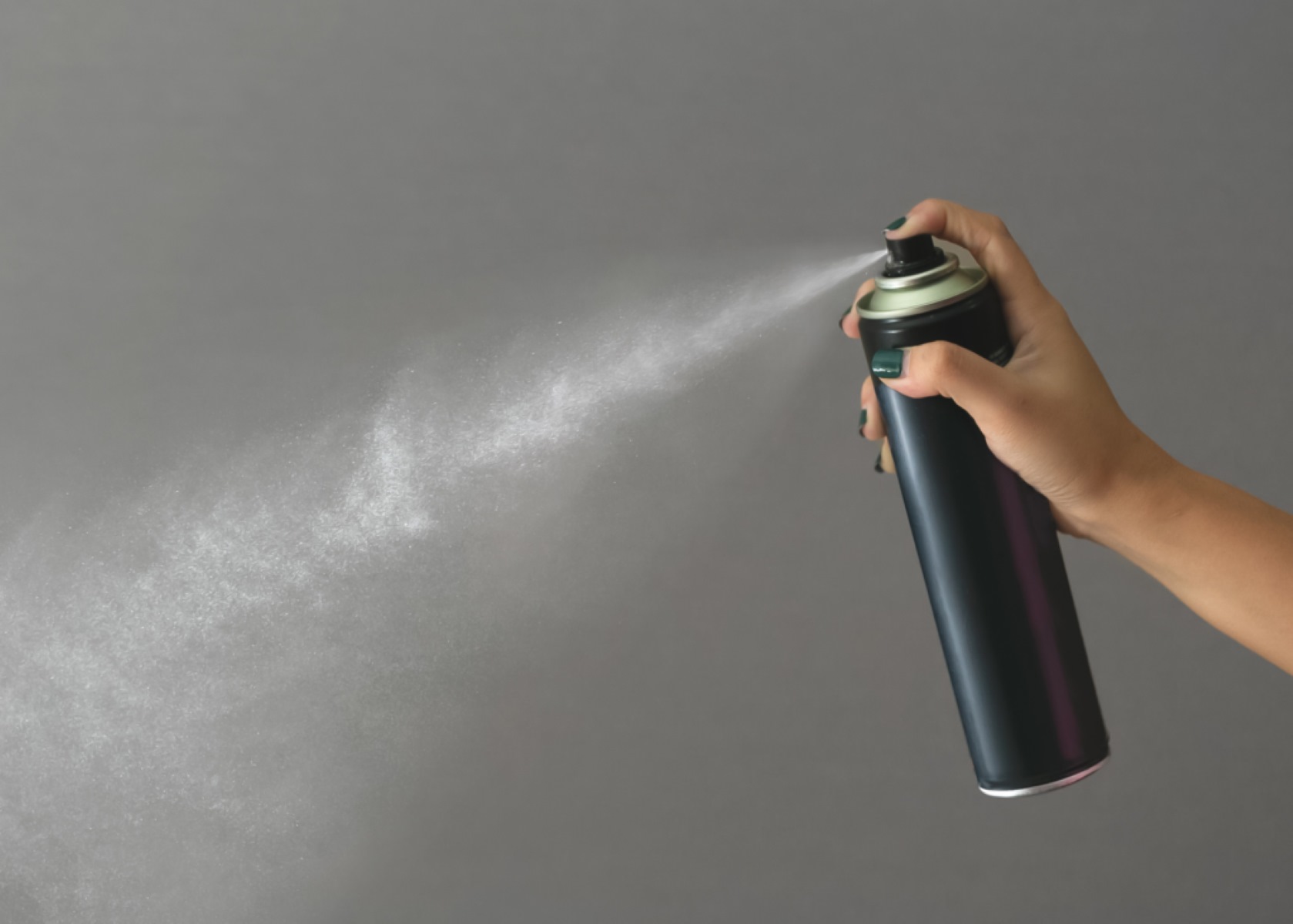

Interior Design Trends
How To Get Hairspray Off Glass
Modified: February 18, 2024
Learn how to effectively remove hairspray residue from glass surfaces with these interior design trends. Keep your glass looking clean and streak-free!
(Many of the links in this article redirect to a specific reviewed product. Your purchase of these products through affiliate links helps to generate commission for Storables.com, at no extra cost. Learn more)
Introduction
Hairspray is a staple in many people's grooming routines, offering a reliable way to keep hairstyles in place throughout the day. However, one common issue that arises from using hairspray is the buildup it leaves on glass surfaces, such as mirrors and windows. This can lead to unsightly streaks and a sticky residue that seems challenging to remove. Fortunately, there are several effective methods for tackling this problem and restoring the clarity and shine of glass surfaces.
Understanding the problem is the first step in finding a solution. Hairspray contains various ingredients, including polymers and solvents, which are designed to adhere to hair and provide a firm hold. When overspray occurs, these same ingredients can land on nearby glass surfaces, creating a stubborn film that regular cleaning methods struggle to eliminate. This buildup can accumulate over time, making the glass appear cloudy and diminishing its transparency.
In the upcoming sections, we will explore different methods for removing hairspray from glass, ranging from using common household products to specialized commercial cleaners. Additionally, we will provide valuable tips for preventing hairspray buildup on glass surfaces in the future. By understanding the nature of the problem and learning effective techniques for addressing it, you can maintain the pristine condition of your glass surfaces and ensure they remain free from hairspray residue.
Key Takeaways:
- Say goodbye to hairspray residue on glass surfaces! Use vinegar solution, rubbing alcohol, or baking soda paste for a budget-friendly and effective cleaning.
- Prevent hairspray buildup by designating application areas, using protective covers, and exploring alternative styling products. Keep glass surfaces clean and clear!
Read more: How To Get Resin Off Of Glass
Understanding the problem
Hairspray, a popular styling product, contains a combination of polymers, solvents, and other ingredients that are specifically formulated to provide a firm hold for hairstyles. When hairspray is applied, it often results in overspray, causing a fine mist of the product to settle on nearby surfaces, including glass. Over time, this overspray can accumulate, forming a stubborn film on the glass surface. The polymers in hairspray are designed to adhere strongly to hair, and this adhesive property also causes them to bond tightly to glass, creating a sticky residue that regular cleaning methods struggle to remove.
The residue left by hairspray on glass surfaces can lead to several issues. Firstly, it can create an unsightly film that diminishes the transparency of the glass, making it appear cloudy and affecting its reflective properties. This can be particularly problematic for mirrors, where clarity is essential for their functionality. Additionally, the sticky nature of the residue can attract dust and other particles, further exacerbating the buildup and making it even more challenging to clean.
Furthermore, the accumulation of hairspray residue on glass surfaces can compromise their overall appearance. Instead of showcasing a clean and polished look, the glass may appear streaky and dull, detracting from the aesthetic appeal of the surrounding space. This is especially noticeable on windows, where the presence of hairspray residue can obstruct the view and detract from the overall cleanliness of the area.
It's important to recognize that traditional glass cleaners may not effectively address the specific composition of hairspray residue. While these cleaners are suitable for general glass cleaning, they may struggle to break down the polymers and solvents present in hairspray, leading to ineffective results. Therefore, a targeted approach is necessary to tackle the unique challenge posed by hairspray buildup on glass surfaces.
By understanding the nature of the problem, including the composition of hairspray and the impact of its residue on glass surfaces, individuals can approach the task of removing hairspray buildup with greater insight and effectiveness. This understanding sets the stage for exploring various methods and products that specifically target hairspray residue, ensuring a successful and thorough cleaning process.
Methods for removing hairspray from glass
When it comes to removing hairspray from glass surfaces, there are several effective methods that can restore the clarity and shine of the affected areas. These methods encompass a range of approaches, from utilizing common household products to employing specialized commercial cleaners. Each technique offers its own unique advantages and can be tailored to suit individual preferences and the severity of the hairspray buildup.
Using household products
-
Vinegar Solution: A simple yet potent solution can be created by mixing equal parts of white vinegar and water. This acidic mixture effectively cuts through hairspray residue, loosening its grip on the glass surface. Apply the solution using a spray bottle, allowing it to sit for a few minutes before wiping the glass with a clean microfiber cloth.
-
Rubbing Alcohol: This readily available household product is adept at dissolving hairspray residue. Dampen a cloth with rubbing alcohol and gently rub the affected glass surface. The alcohol works to break down the sticky residue, facilitating its removal without damaging the glass.
-
Baking Soda Paste: Forming a paste by combining baking soda with water creates a gentle abrasive cleaner that can effectively lift hairspray residue from glass. Apply the paste to the affected areas, gently scrubbing with a soft cloth, and then rinse thoroughly with water.
Using commercial products
-
Glass Cleaner with Ammonia: Many commercial glass cleaners contain ammonia, which is effective in breaking down hairspray residue. When using these products, ensure proper ventilation and follow the manufacturer's instructions for safe and effective application.
-
Specialized Hairspray Remover: Some manufacturers offer specialized cleaners designed specifically to remove hairspray buildup from glass surfaces. These products are formulated to target the unique composition of hairspray residue, providing a powerful solution for restoring the glass to its original clarity.
-
Multi-Surface Cleaners: Certain multi-surface cleaners are equipped to tackle hairspray residue on glass, offering convenience and versatility. These products can effectively remove buildup while providing overall cleaning for various surfaces within the same application.
By employing these methods, individuals can effectively address the challenge of removing hairspray from glass surfaces, restoring their transparency and luster. Each approach offers its own set of benefits, catering to different preferences and the availability of specific cleaning products. With the right method and products at hand, achieving a clean and clear glass surface free from hairspray residue is well within reach.
Read more: How To Get Limescale Off Glass
Using household products
When it comes to tackling hairspray buildup on glass surfaces, utilizing common household products can be an effective and budget-friendly approach. These readily available items offer powerful cleaning properties that can help lift and remove stubborn hairspray residue, restoring the clarity and shine of the affected glass.
Vinegar Solution
One of the most versatile and potent household cleaning agents is white vinegar. When combined with water in equal parts, white vinegar creates an acidic solution that is highly effective at cutting through hairspray residue. The acidity of the vinegar works to loosen the grip of the sticky residue on the glass surface, making it easier to remove. To apply this solution, simply fill a spray bottle with the vinegar and water mixture, then generously spray it onto the affected glass surface. Allow the solution to sit for a few minutes to penetrate the residue, and then use a clean microfiber cloth to wipe the glass, ensuring thorough coverage of the affected areas. The acidic nature of the vinegar solution facilitates the breakdown of the hairspray residue, leaving the glass surface clean and free from streaks.
Rubbing Alcohol
Another household staple that proves effective in removing hairspray from glass is rubbing alcohol. This readily available product possesses strong solvent properties that enable it to dissolve the sticky residue left by hairspray. To use rubbing alcohol for this purpose, simply dampen a cloth with the alcohol and gently rub the affected glass surface. As the alcohol comes into contact with the hairspray residue, it works to break it down, making it easier to wipe away. This method is particularly useful for spot treatments and smaller areas where hairspray buildup is concentrated. It is important to use rubbing alcohol in a well-ventilated area and to avoid prolonged exposure to the fumes.
Baking Soda Paste
Baking soda, known for its gentle abrasive properties, can be utilized to create a paste that effectively lifts hairspray residue from glass surfaces. By combining baking soda with water to form a paste, a non-abrasive yet powerful cleaner is created. This paste can be applied to the affected areas, and then gently scrubbed using a soft cloth. The mild abrasiveness of the baking soda paste helps to dislodge the hairspray residue, allowing it to be easily rinsed away with water. This method is particularly suitable for glass surfaces that require a gentle yet thorough cleaning approach, as baking soda is non-toxic and safe for most types of glass.
By leveraging these household products, individuals can effectively address the challenge of removing hairspray from glass surfaces, achieving a clean and clear result without the need for specialized cleaners. These methods offer a practical and accessible approach to maintaining the pristine condition of glass surfaces, ensuring they remain free from hairspray residue and retain their transparency and luster.
Read more: How To Get Oil Off Glass
Using commercial products
When household remedies may not provide the desired results, turning to commercial products specifically formulated to address hairspray buildup on glass surfaces can offer a targeted and effective solution. These products are designed to tackle the unique composition of hairspray residue, providing powerful cleaning properties that can restore the transparency and shine of glass surfaces.
Glass Cleaner with Ammonia: Many commercial glass cleaners contain ammonia, a potent ingredient known for its ability to break down stubborn residues, including hairspray buildup. The ammonia in these cleaners works to dissolve the polymers and solvents present in hairspray, effectively loosening their grip on the glass surface. When using glass cleaners with ammonia, it is essential to ensure proper ventilation in the cleaning area. Additionally, following the manufacturer's instructions for safe and effective application is crucial to achieve optimal results without compromising the integrity of the glass.
Specialized Hairspray Remover: Some manufacturers offer specialized cleaners specifically formulated to target and remove hairspray residue from glass surfaces. These products are tailored to address the unique challenges posed by hairspray buildup, providing a potent solution for restoring the glass to its original clarity. Specialized hairspray removers often feature advanced formulations that effectively break down the adhesive properties of the residue, allowing for easy removal without damaging the glass. When using these products, it is advisable to carefully follow the provided instructions to ensure safe and effective application.
Multi-Surface Cleaners: Certain multi-surface cleaners are equipped to handle hairspray residue on glass surfaces, offering convenience and versatility. These products are designed to provide effective cleaning across various surfaces, including glass, making them a practical choice for addressing multiple cleaning needs within the same application. When selecting a multi-surface cleaner for removing hairspray from glass, it is important to choose a formulation that is safe for use on glass and does not leave behind streaks or residue.
By utilizing these commercial products, individuals can effectively address the challenge of removing hairspray from glass surfaces, achieving a clean and clear result with targeted cleaning solutions. Whether opting for glass cleaners with ammonia, specialized hairspray removers, or multi-surface cleaners, these products offer a reliable means of restoring the pristine condition of glass surfaces, ensuring they remain free from hairspray residue and retain their transparency and luster.
Tips for preventing hairspray buildup on glass surfaces
Preventing hairspray buildup on glass surfaces is essential for maintaining the cleanliness and transparency of mirrors, windows, and other glass fixtures. By implementing proactive measures, individuals can minimize the accumulation of hairspray residue, preserving the pristine condition of the glass and reducing the need for frequent cleaning. Here are several effective tips for preventing hairspray buildup on glass surfaces:
-
Designate a Hairspray Application Area: Establishing a specific area for applying hairspray can help contain overspray and minimize its contact with nearby glass surfaces. Designating a well-ventilated space away from mirrors and windows can significantly reduce the likelihood of hairspray settling on the glass.
-
Use Protective Covers or Shields: When applying hairspray near glass surfaces, utilizing protective covers or shields can provide an additional layer of defense against overspray. Covering mirrors and windows with a cloth or plastic barrier can help prevent hairspray particles from landing on the glass, reducing the potential for buildup.
-
Regular Cleaning and Maintenance: Implementing a consistent cleaning routine for glass surfaces can help prevent hairspray residue from accumulating over time. Wiping down mirrors and windows regularly with a damp microfiber cloth can remove any residual hairspray before it has a chance to build up and become more challenging to clean.
-
Ventilation and Air Circulation: Ensuring adequate ventilation during hairspray application can help disperse overspray particles and minimize their impact on nearby glass surfaces. Opening windows or using exhaust fans can help redirect hairspray particles away from the glass, reducing the likelihood of residue buildup.
-
Use Alternative Styling Products: Exploring alternative styling products, such as hair gels or mousses, can offer effective hold without the same level of overspray associated with hairspray. By opting for products with different application methods, individuals can reduce the potential for hairspray residue to land on glass surfaces.
-
Prompt Cleanup of Overspray: Immediately addressing any overspray that lands on glass surfaces can prevent the residue from adhering and accumulating. Using a damp cloth to gently wipe away overspray as soon as it occurs can help maintain the cleanliness of the glass and minimize the need for intensive cleaning later on.
-
Regular Glass Maintenance: Applying a protective glass sealant or coating can create a barrier that makes it easier to remove hairspray residue during routine cleaning. Additionally, using specialized glass cleaners designed to repel residues can help maintain the clarity and shine of glass surfaces.
By incorporating these proactive tips into daily routines and grooming practices, individuals can effectively minimize hairspray buildup on glass surfaces, preserving the cleanliness and transparency of mirrors, windows, and other glass fixtures. These preventative measures not only reduce the frequency of intensive cleaning but also contribute to the overall maintenance and longevity of glass surfaces within the living environment.
Use a mixture of equal parts vinegar and water to spray onto the hairspray on the glass. Let it sit for a few minutes, then wipe it off with a clean cloth. Repeat if necessary.
Conclusion
In conclusion, the challenge of removing hairspray from glass surfaces can be effectively addressed through a combination of understanding the nature of the problem and utilizing targeted cleaning methods. Hairspray residue, characterized by its adhesive and stubborn nature, can diminish the transparency and luster of glass, impacting the overall cleanliness and aesthetic appeal of mirrors, windows, and other glass fixtures. By comprehending the composition of hairspray and its impact on glass surfaces, individuals can approach the task of removing hairspray buildup with insight and efficacy.
The methods for removing hairspray from glass, including the use of household products and commercial cleaners, offer versatile and tailored approaches to address the unique challenges posed by hairspray residue. Household products such as vinegar solutions, rubbing alcohol, and baking soda paste provide accessible and effective means of lifting and removing hairspray buildup, restoring the clarity and shine of glass surfaces. On the other hand, commercial products, including glass cleaners with ammonia, specialized hairspray removers, and multi-surface cleaners, offer targeted solutions designed to dissolve and eliminate hairspray residue, ensuring a thorough and efficient cleaning process.
Furthermore, implementing proactive measures to prevent hairspray buildup on glass surfaces is essential for maintaining the cleanliness and transparency of mirrors, windows, and other glass fixtures. By designating specific application areas, using protective covers, maintaining regular cleaning routines, and exploring alternative styling products, individuals can minimize the accumulation of hairspray residue, reducing the need for intensive cleaning and preserving the pristine condition of glass surfaces.
In essence, the successful removal of hairspray from glass surfaces and the prevention of buildup contribute to a clean, polished, and visually appealing living environment. By understanding the problem, employing effective cleaning methods, and implementing preventative measures, individuals can ensure that glass surfaces remain free from hairspray residue, maintaining their transparency and luster for an enhanced aesthetic and functional experience within the home.
Ultimately, the combination of knowledge, targeted cleaning techniques, and proactive prevention strategies empowers individuals to overcome the challenge of hairspray buildup on glass surfaces, preserving the pristine condition and visual appeal of these essential fixtures within the living space.
Frequently Asked Questions about How To Get Hairspray Off Glass
Was this page helpful?
At Storables.com, we guarantee accurate and reliable information. Our content, validated by Expert Board Contributors, is crafted following stringent Editorial Policies. We're committed to providing you with well-researched, expert-backed insights for all your informational needs.
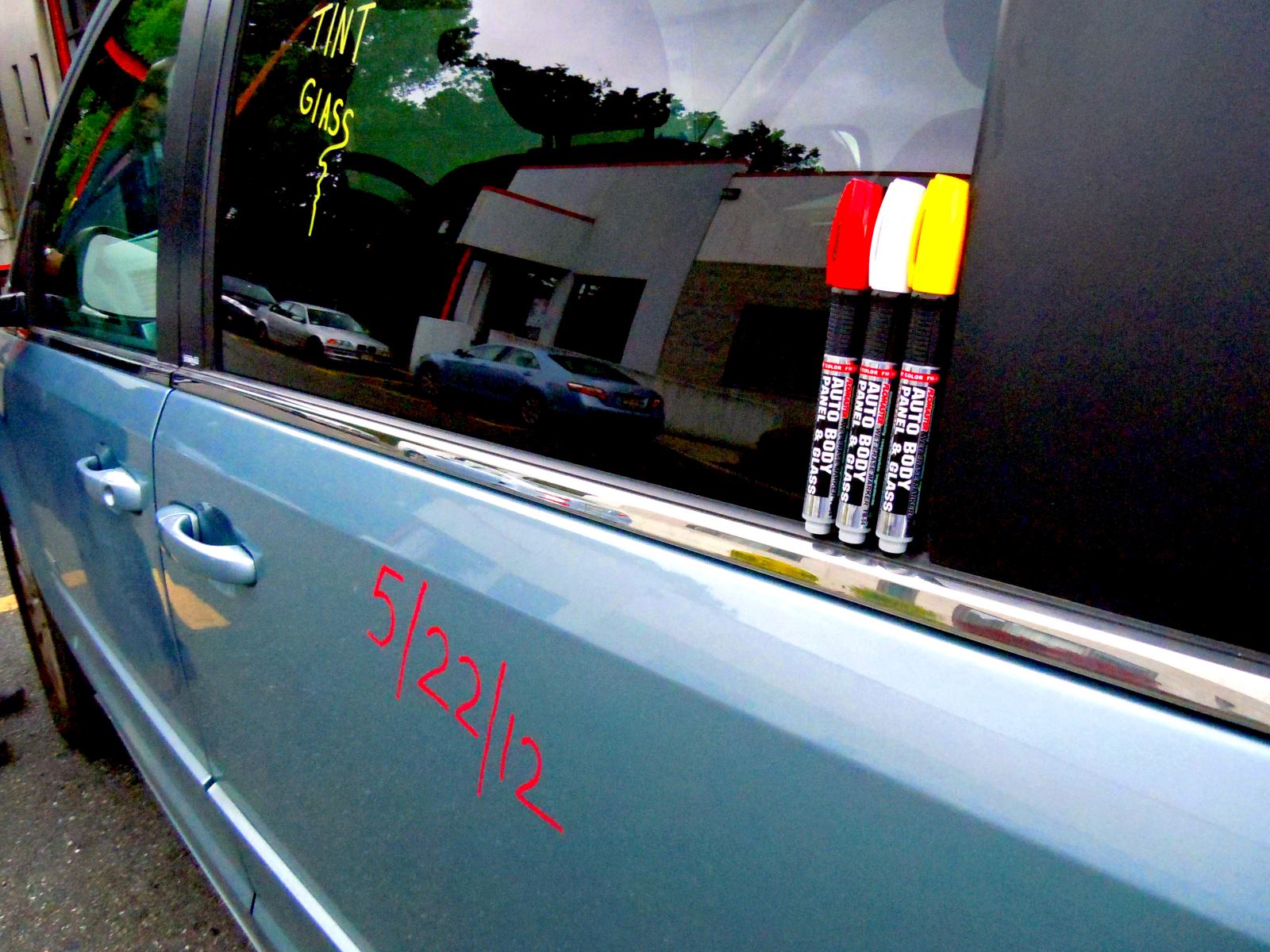
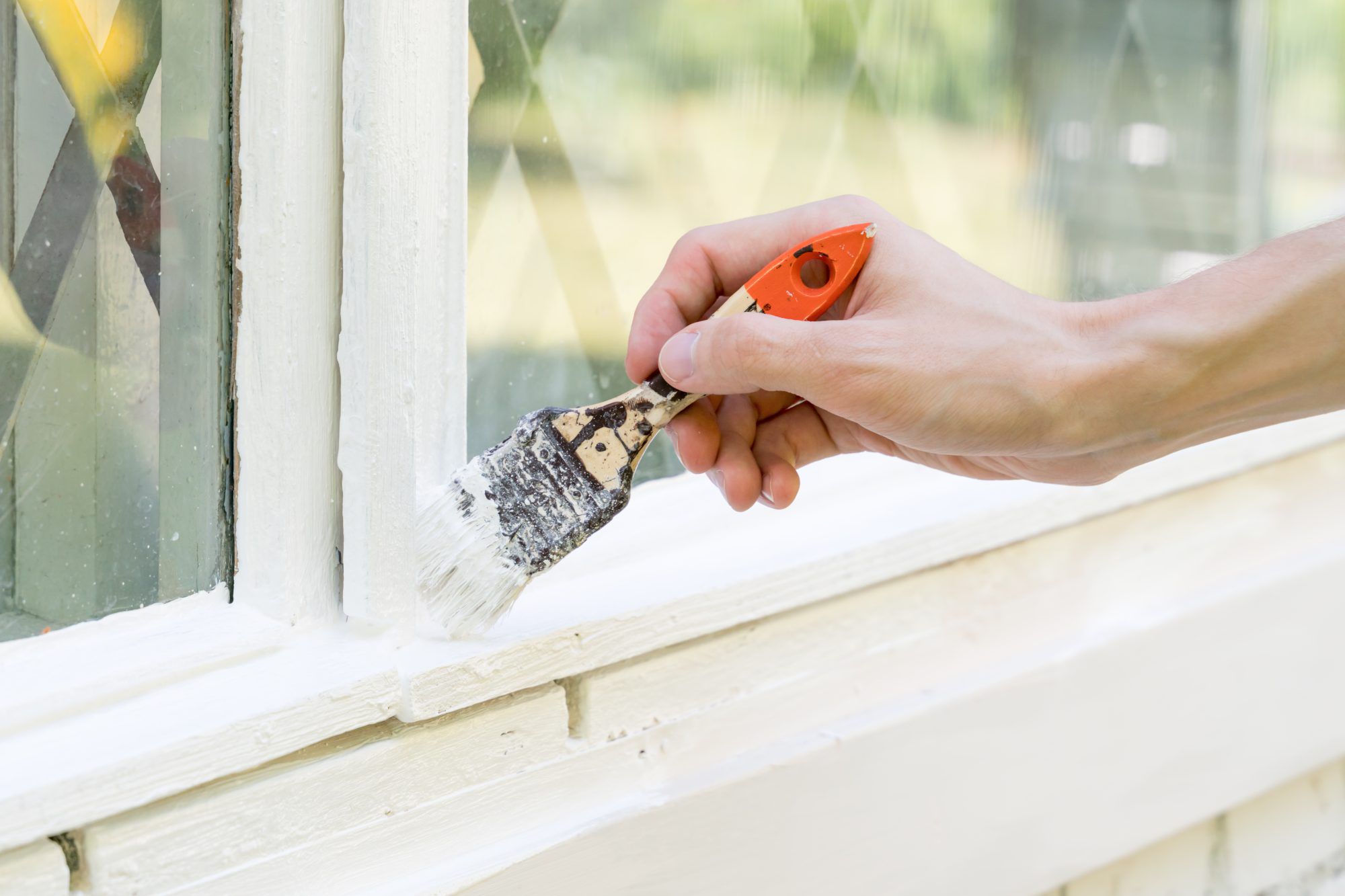
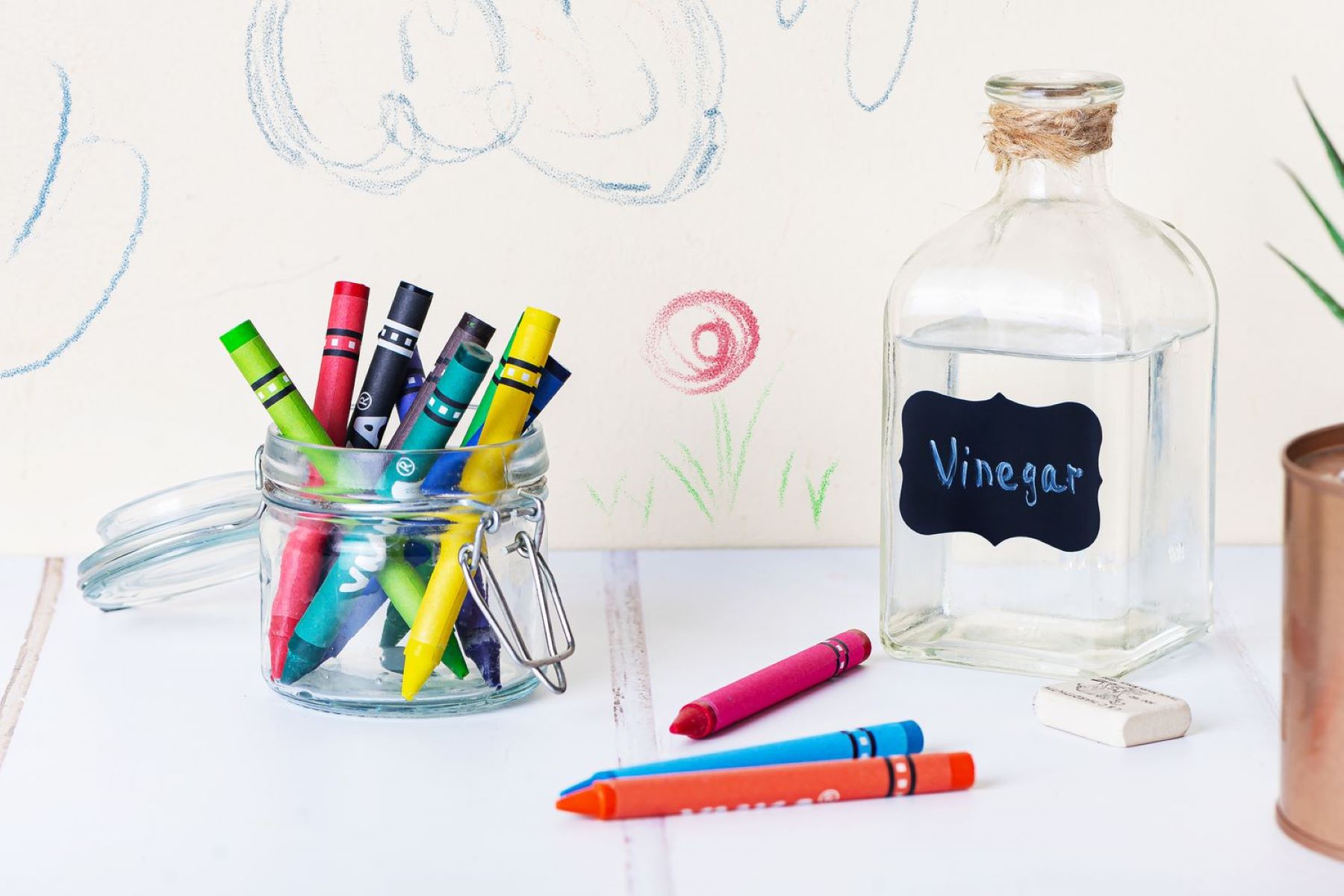
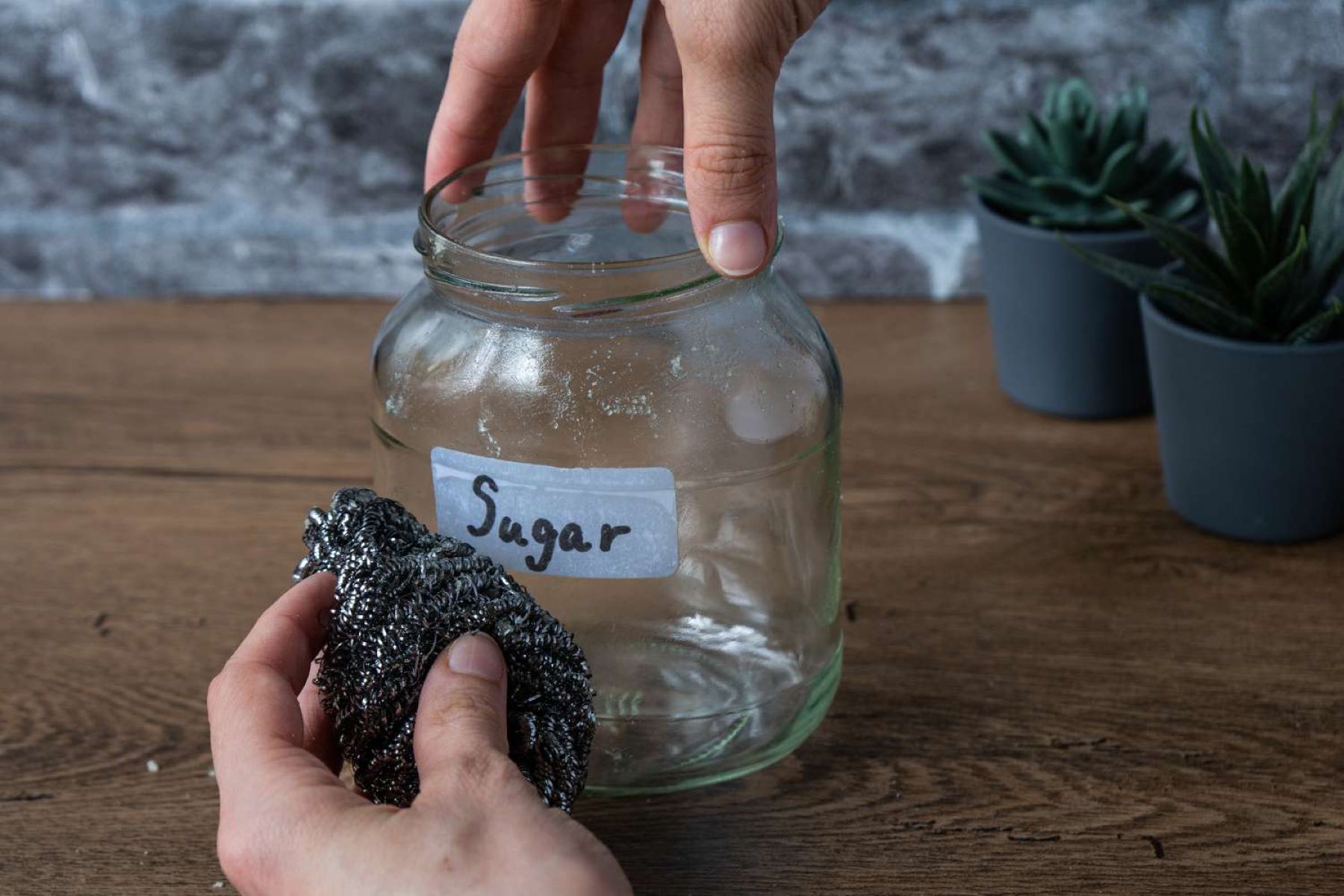
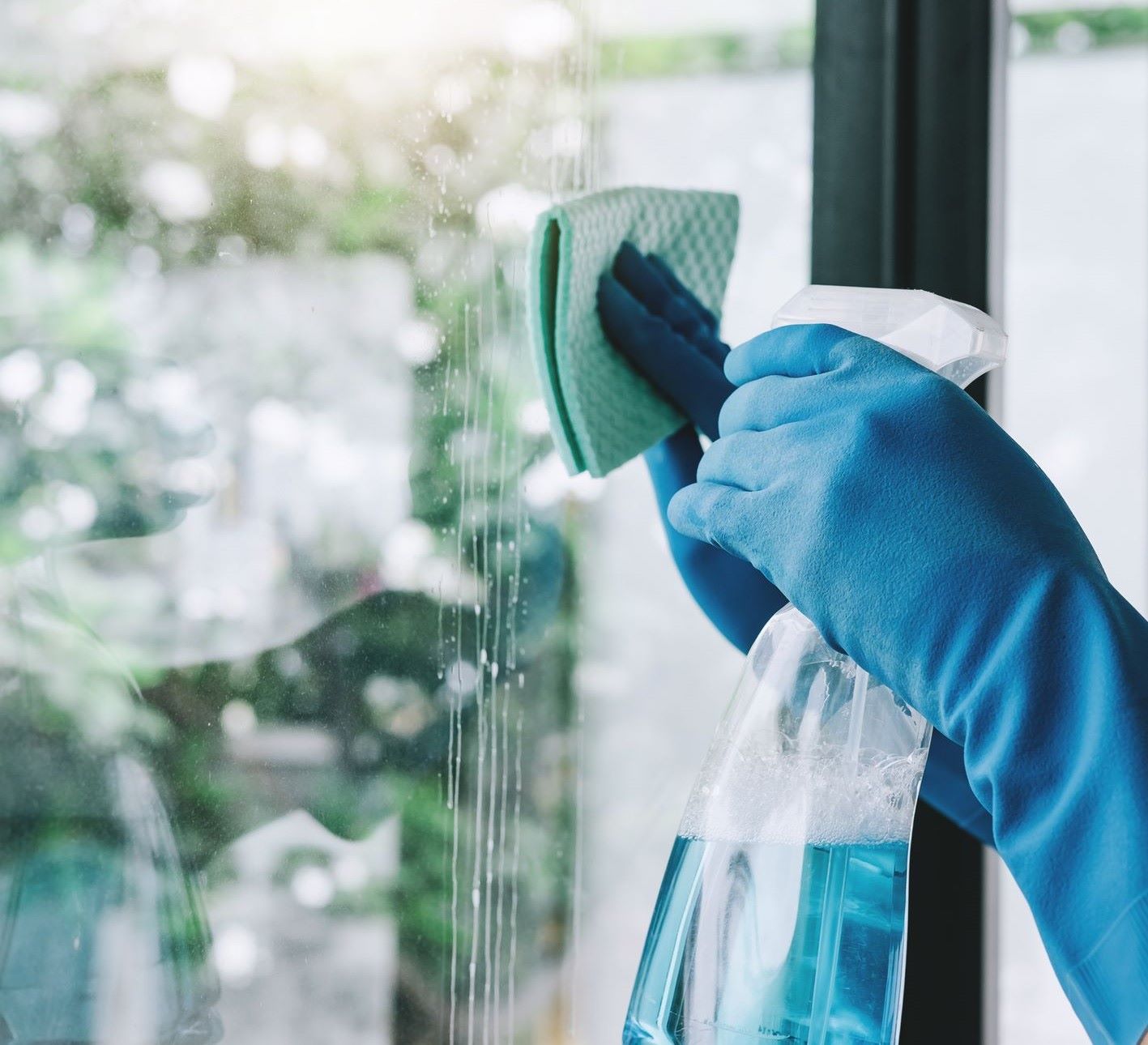
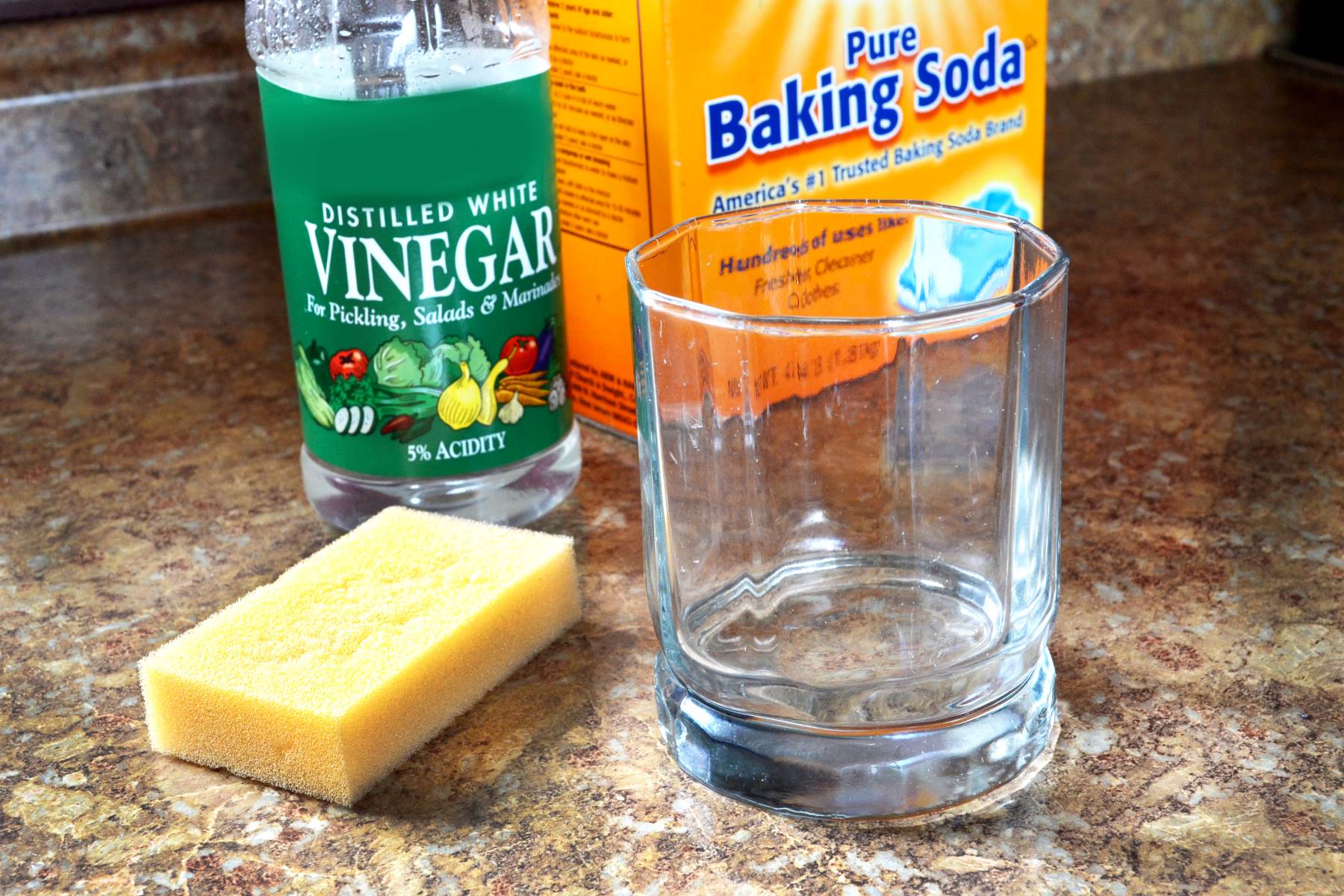
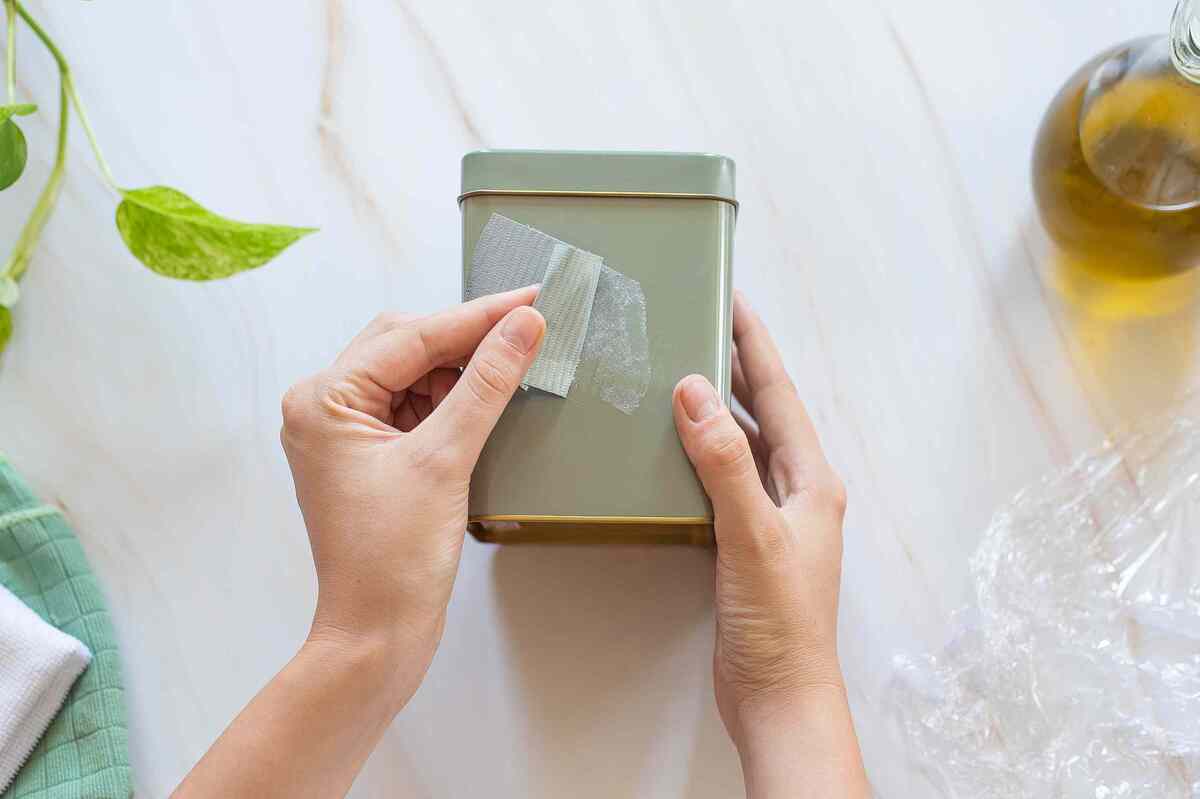
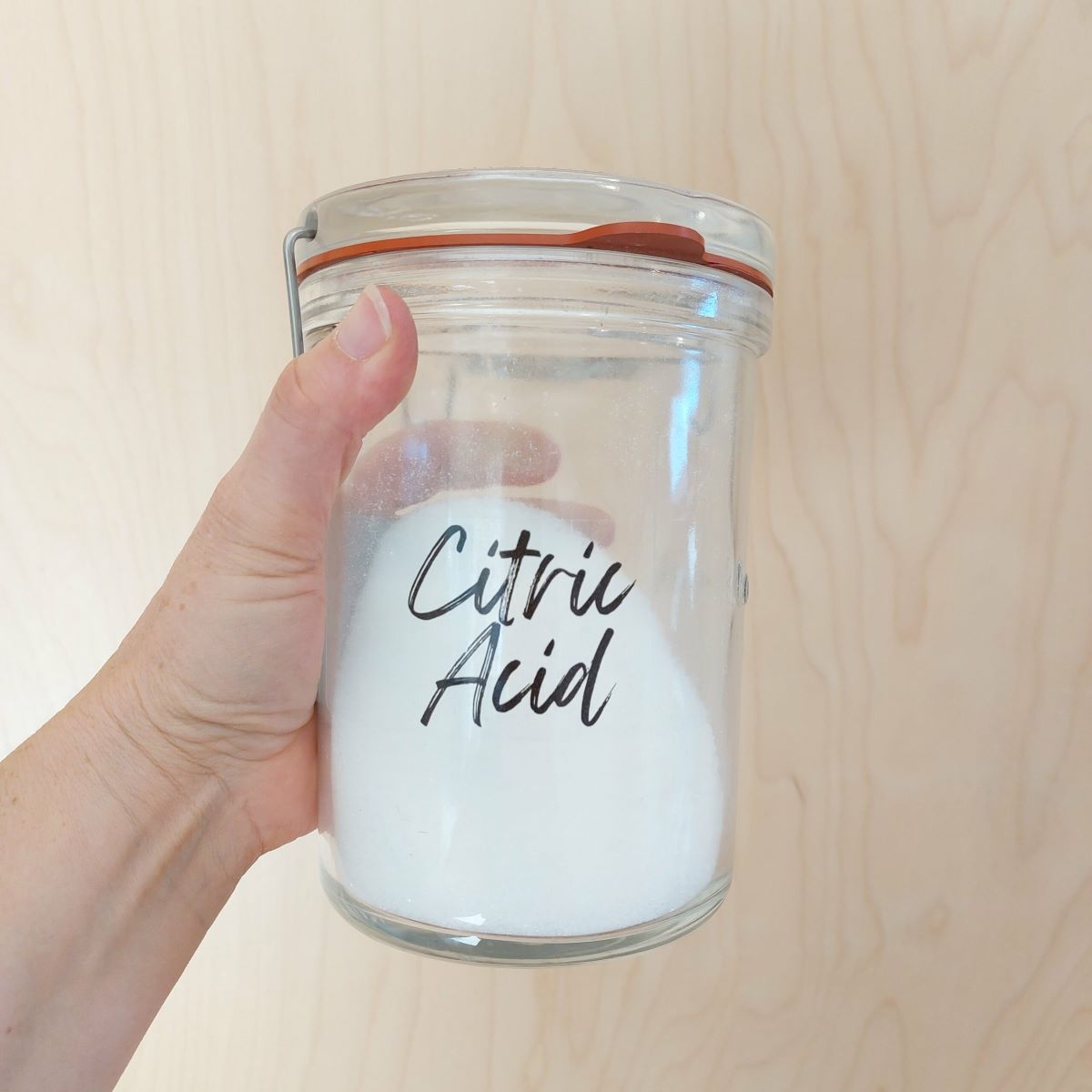
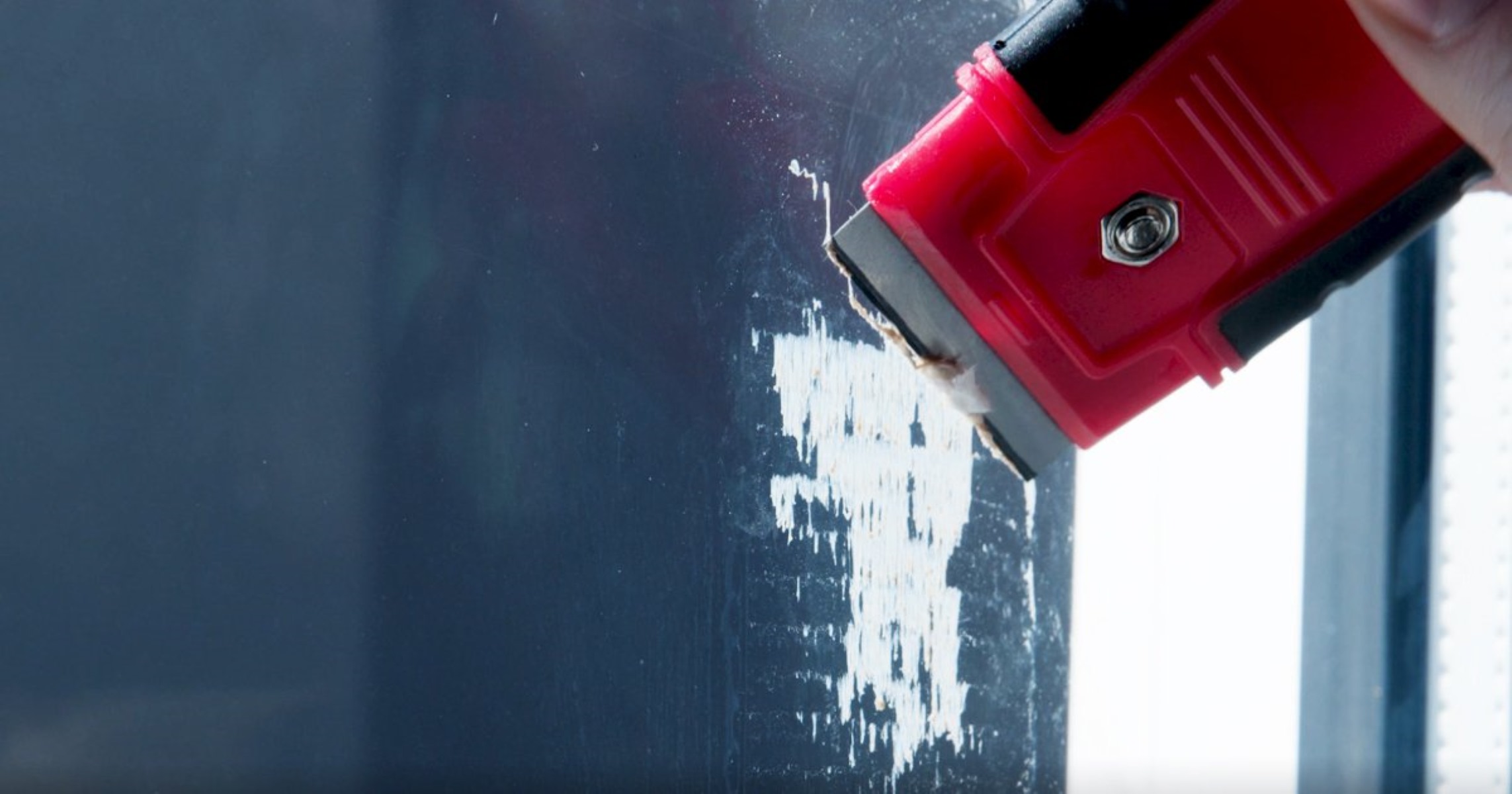
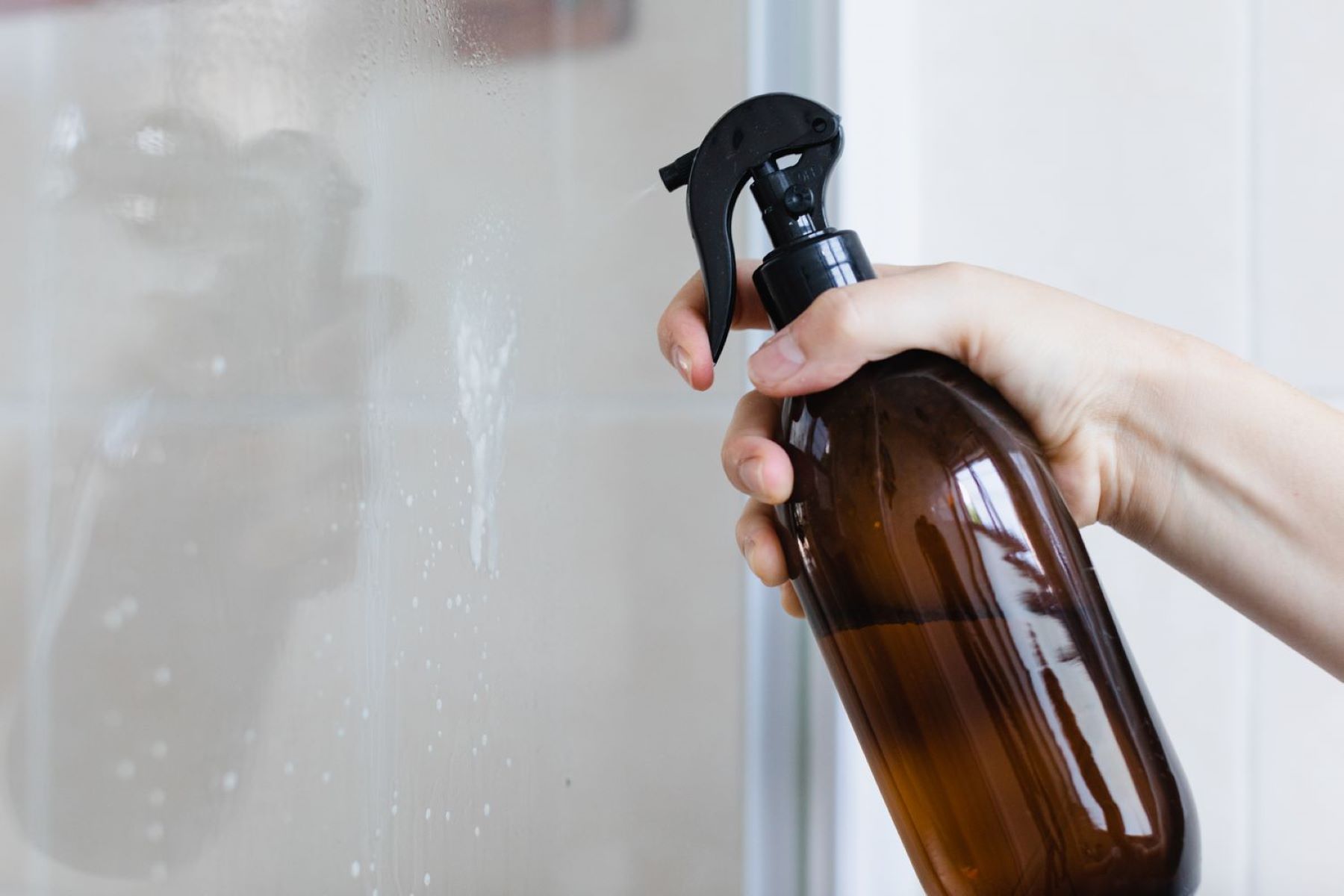
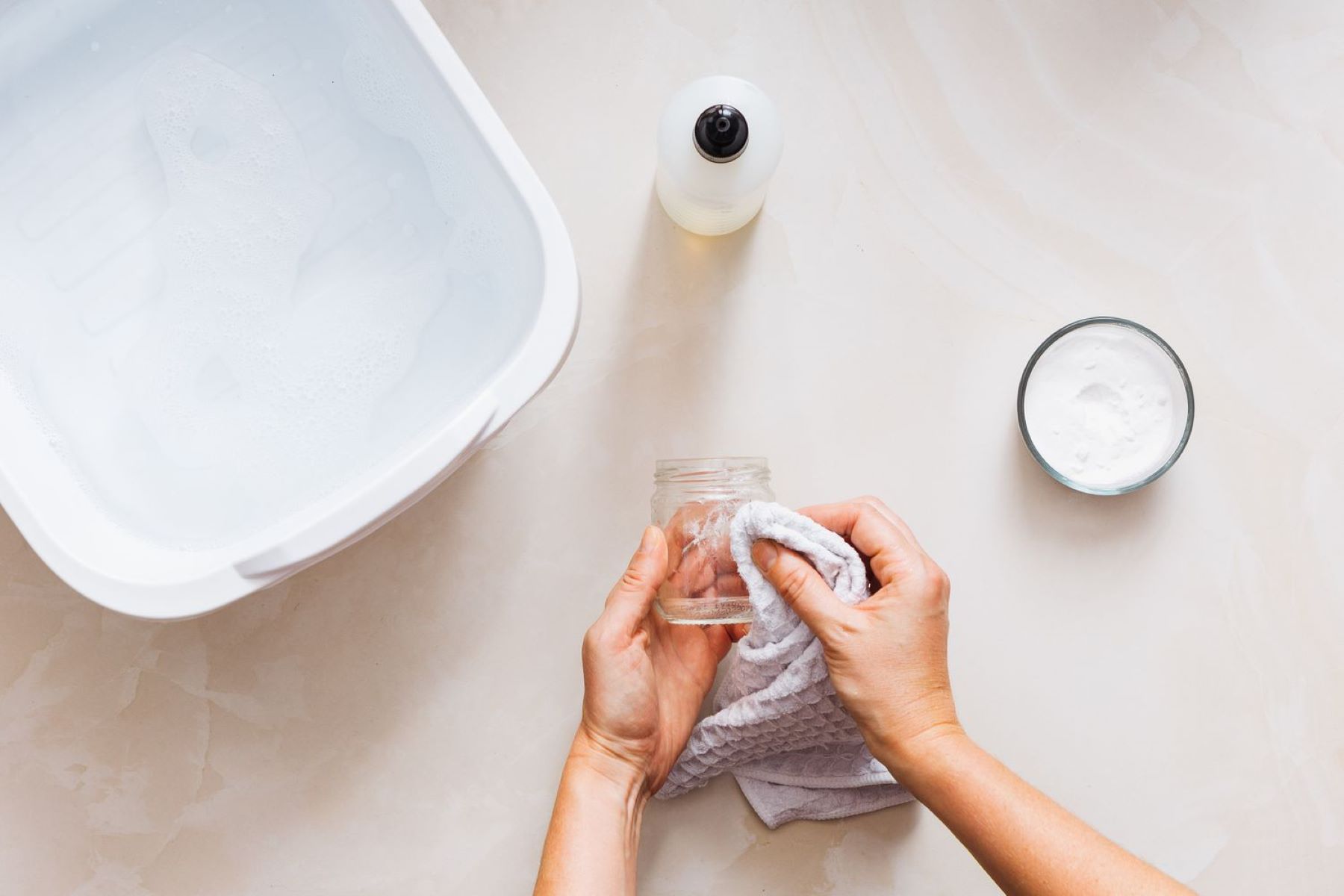

0 thoughts on “How To Get Hairspray Off Glass”